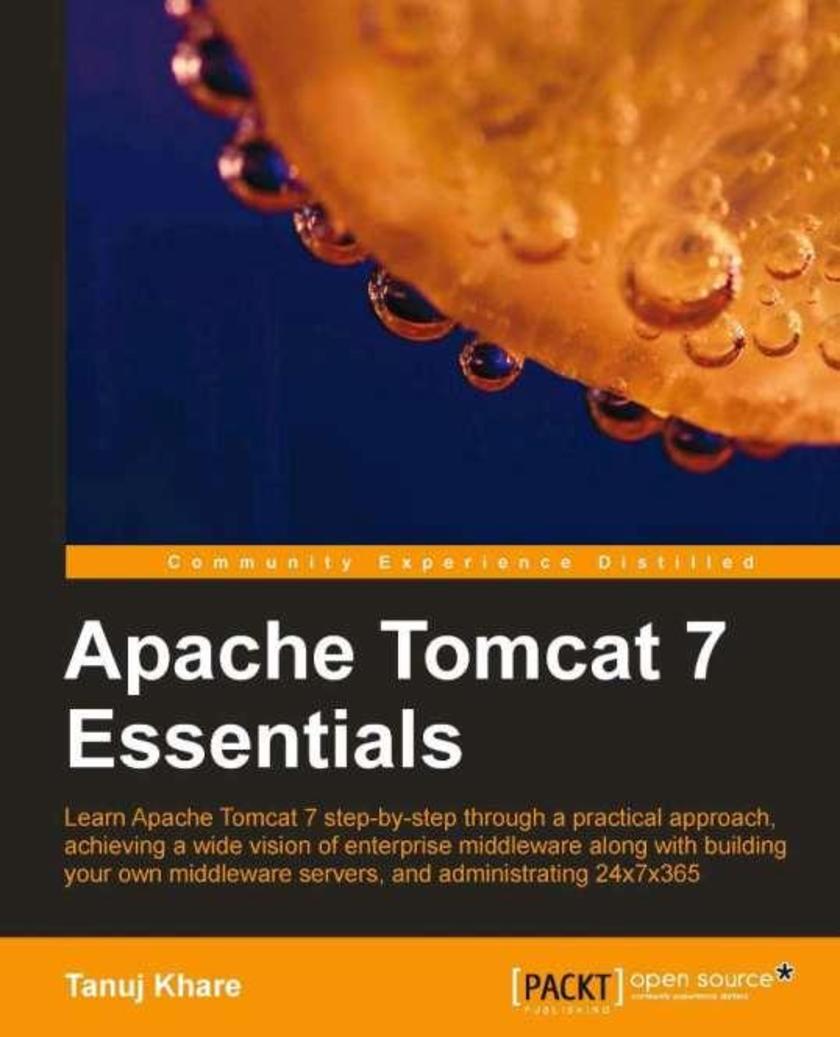
Apache Tomcat 7 Essentials
¥71.93
This book is a step-by-step tutorial for anyone wanting to learn Apache Tomcat 7 from scratch. There are plenty of illustrations and examples to escalate you from a novice to an expert with minimal strain. If you are a J2EE administrator, migration administrator, technical architect, or a project manager for a web hosting domain, and are interested in Apache Tomcat 7, then this book is for you. If you are someone responsible for installation, configuration, and management of Tomcat 7, then too, this book will be of help to you.
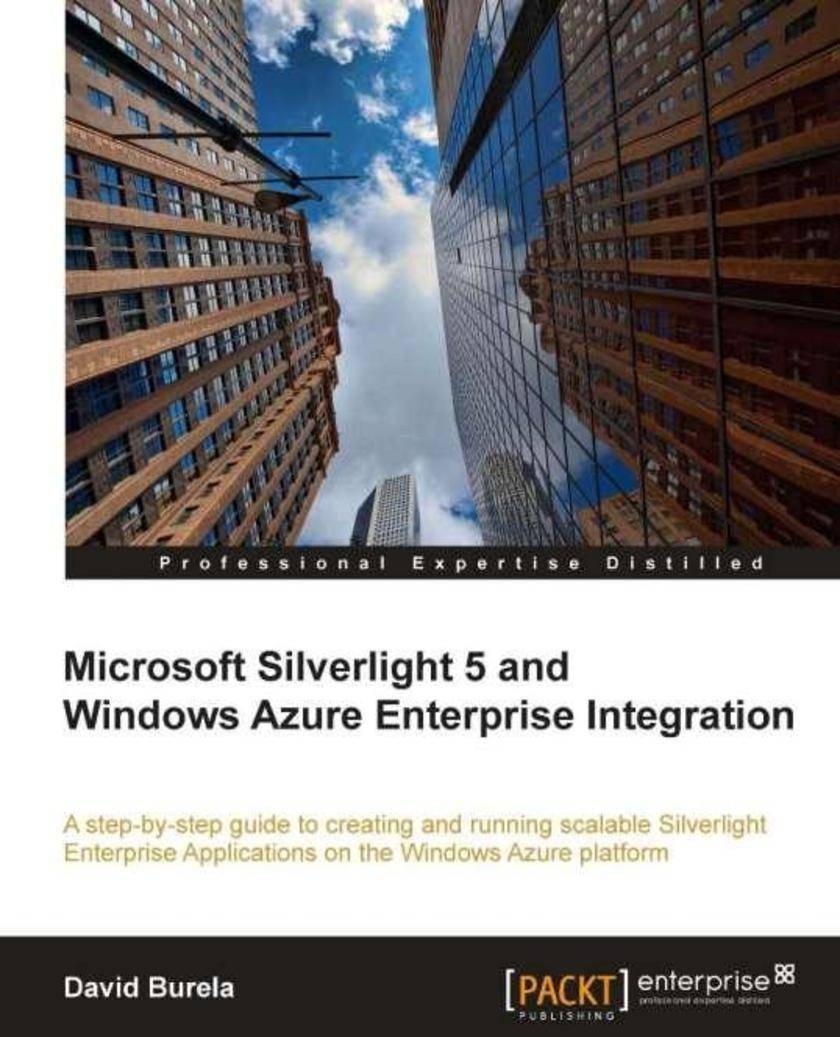
Microsoft Silverlight 5 and Windows Azure Enterprise Integration
¥107.90
This book is a step-by-step tutorial that shows you how to obtain the necessary toolset to create and run Silverlight Enterprise Applications on Azure. The book also covers techniques, practical tips, hints, and tricks for Silverlight interactions with Azure. Each topic is written in an easy-to-read style, with a detailed explanation given and then practical step-by-step exercises with a strong emphasis on real-world relevance. If you are an application developer who wants to build and run Silverlight Enterprise applications using Azure storage, WCF Services, and ASP providers, then this book is for you. You should have a working knowledge of Silverlight and Expression Blend. However, knowledge of Azure is not required since the book covers how to integrate the two technologies in detail.

Joomla! 2.5 Beginner’s Guide
¥90.46
Written with a fast-paced but friendly and engaging approach, this Packt Beginner's guide is designed to be placed alongside the computer as your guide and mentor. Step-by-step tutorials are bolstered by explanations of the reasoning behind what you are doing. You will quickly pick up the necessary skills, tips, and tricks for building a successful Joomla! website. This book is written for beginners to website design. By the end of the book you will have built a complete custom content managed website, and be ready to build any kind of website.
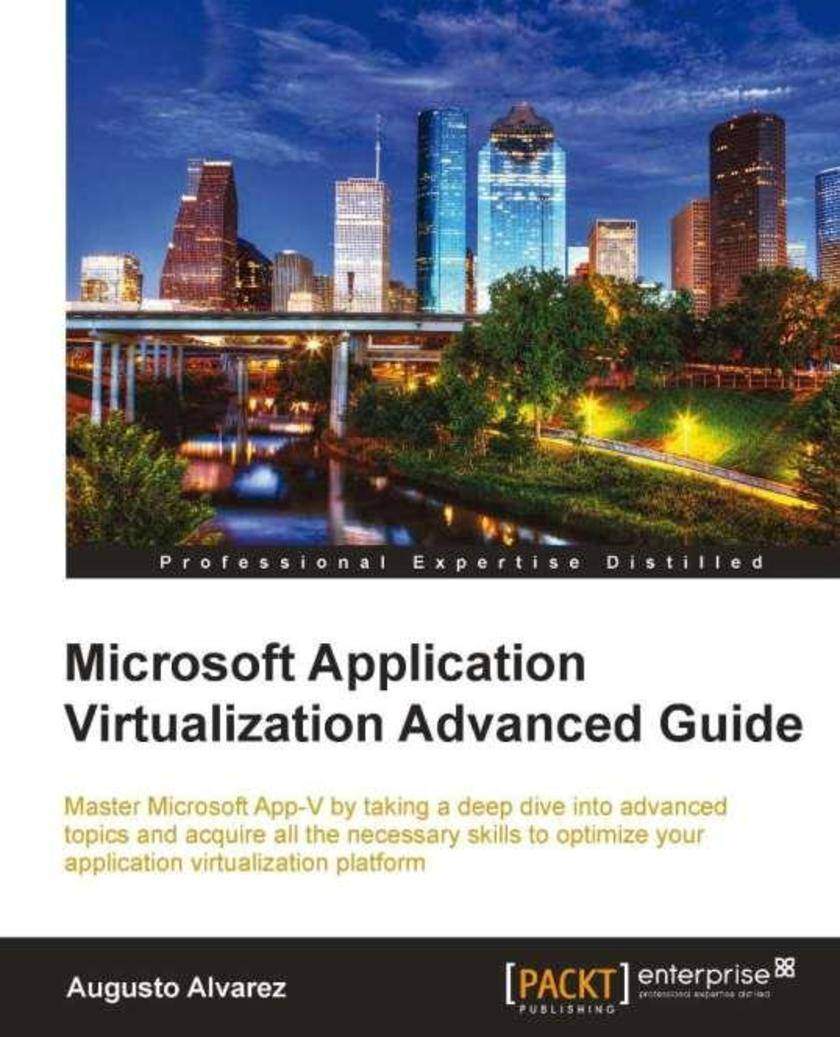
Microsoft Application Virtualization Advanced Guide
¥99.18
A practical tutorial containing clear, step-by-step explanations of all the concepts required to understand the technology involved in virtualizing your application infrastructure. Each chapter uses real-world scenarios so that the readers can put into practice what they learn immediately and with the right guidance. Each topic is written defining a common need and developing the process to solve it using Microsoft App-V. This book is for system administrators or consultants who want to master and dominate App-V, and gain a deeper understanding of the technology in order to optimize App V implementations. Even though the book does not include basic steps like installing App-V components or sequencing simple applications; application virtualization beginners will receive a comprehensive look into App-V before jumping into the technical process of each chapter.
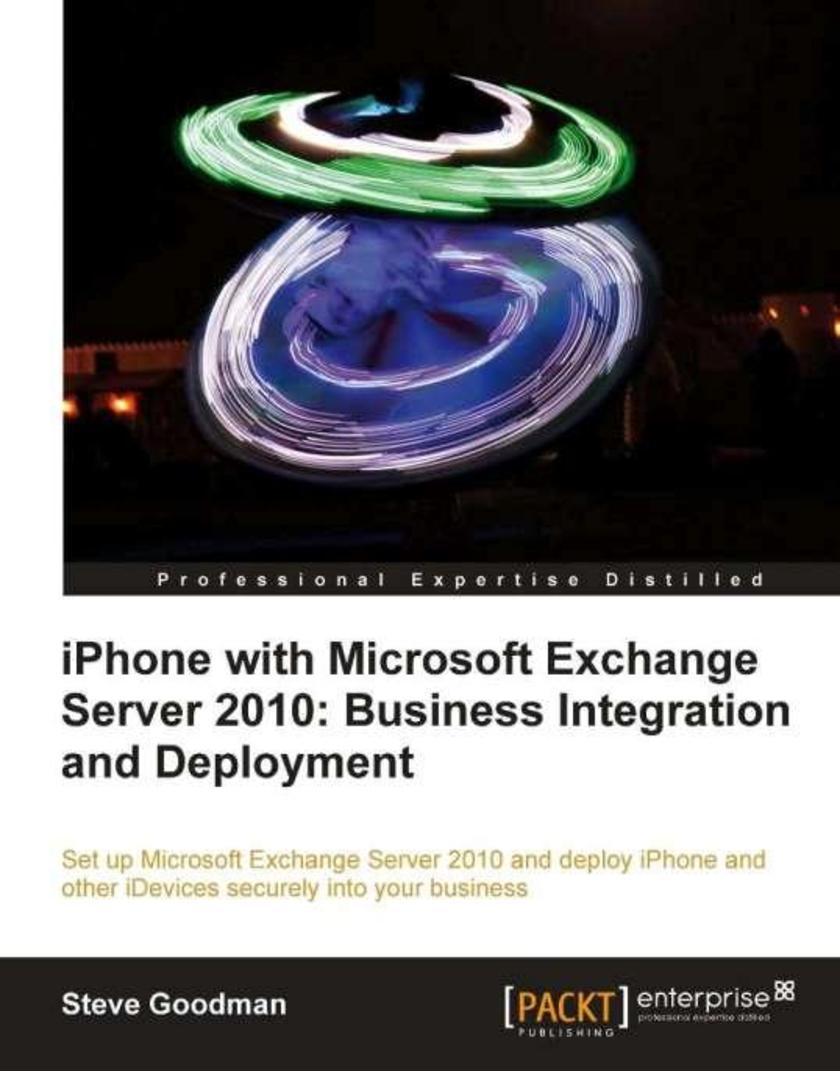
iPhone with Microsoft Exchange Server 2010 - Business Integration and Deployment
¥107.90
iPhone with Microsoft Exchange Server 2010 - Business Integration and Deployment is a practical, step-by-step tutorial on planning, installing and configuring Exchange Server to deploy iPhones into your business. This book is aimed at system administrators who don't necessarily know about Exchange Server 2010 or ActiveSync-based mobile devices. A basic level of knowledge around Windows Servers is expected, and knowledge of smartphones and email systems in general will make some topics a little easier.
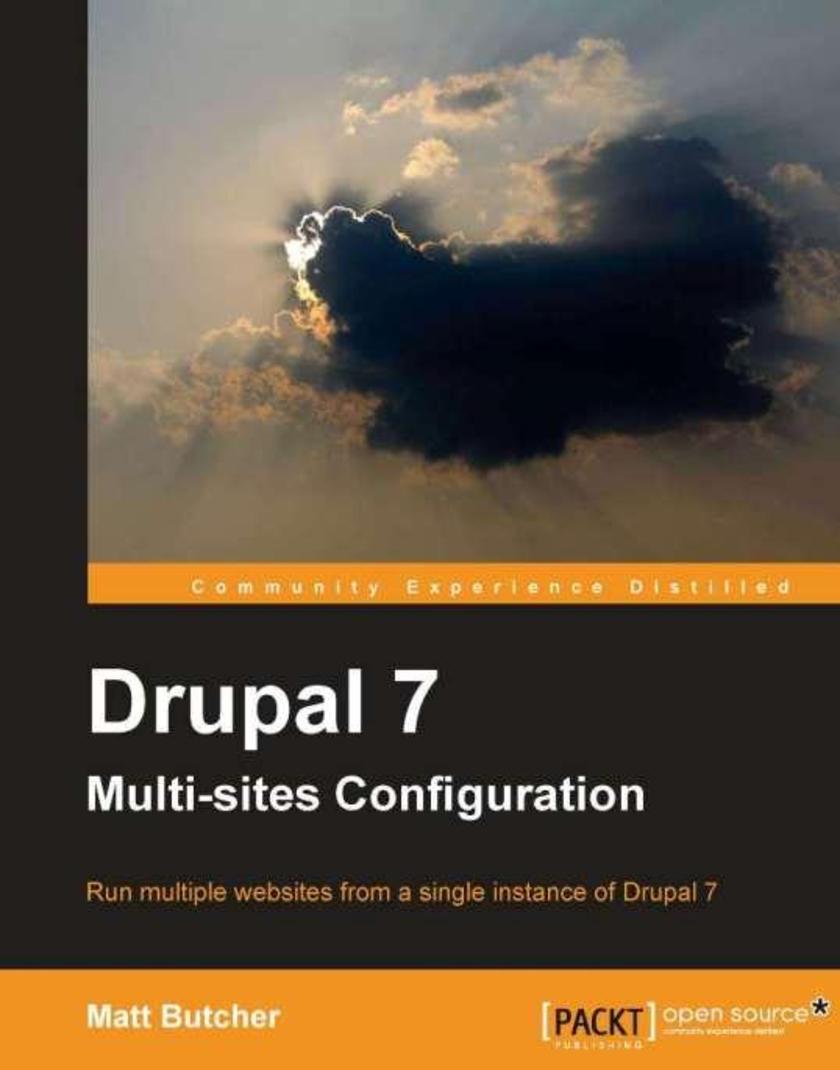
Drupal 7 Multi Sites Configuration
¥45.77
Follow the creation of a multi-site instance with Drupal. The practical examples and accompanying screenshots will help you to get multiple Drupal sites set up in no time. This book is for Drupal site builders. It is assumed that readers are familiar with Drupal already, with a basic grasp of its concepts and components. System administration concepts, such as configuring Apache, MySQL, and Vagrant are covered but no previous knowledge of these tools is required.
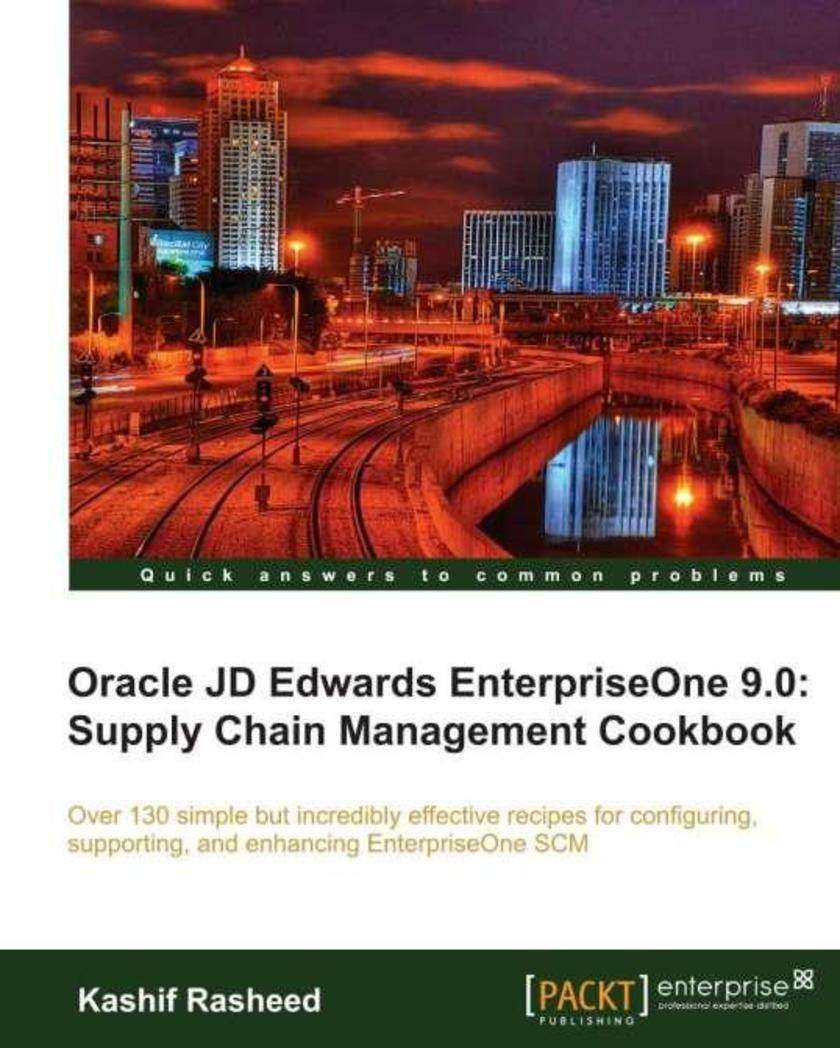
Oracle JD Edwards EnterpriseOne 9.0: Supply Chain Management Cookbook
¥99.18
A cookbook full of practical and immediately useable recipes for real world business implementation of EnterpriseOne Supply Chain Management. If you are a functional consultant, technical consultant/developer, or project manager and want to improve your business perspective of EnterpriseOne SCM, this book is for you. You should have basic knowledge of navigating EnterpriseOne and general supply chain familiarity. Knowledge of the Common Foundation JDE 9.0 module is advantageous; the supply chain business domain knowledge will be an add-on to this.
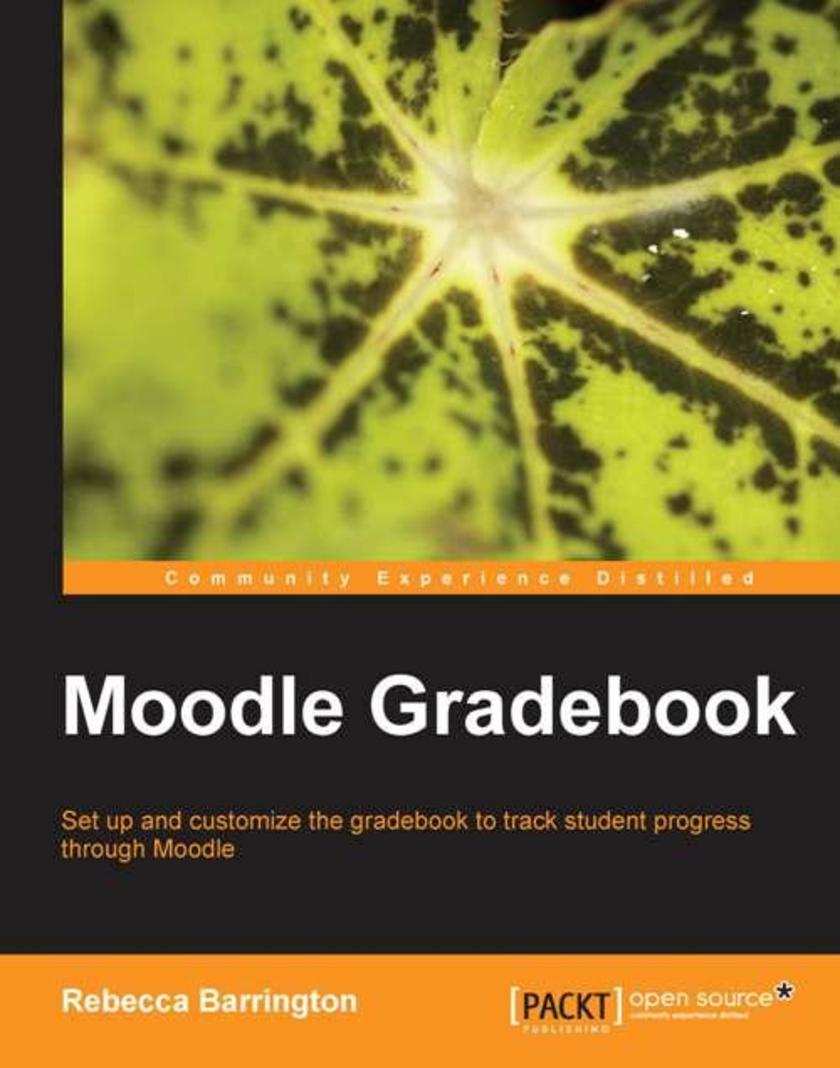
Moodle Gradebook
¥54.49
A practical book with plenty of step-by-step instructions and informative screenshots to guide you through the many features of gradebook. Moodle Gradebook is for anyone who uses Moodle as a course instructor. You will need to know the basic functions of using and navigating Moodle, but no prior knowledge of the grades functions will be required.
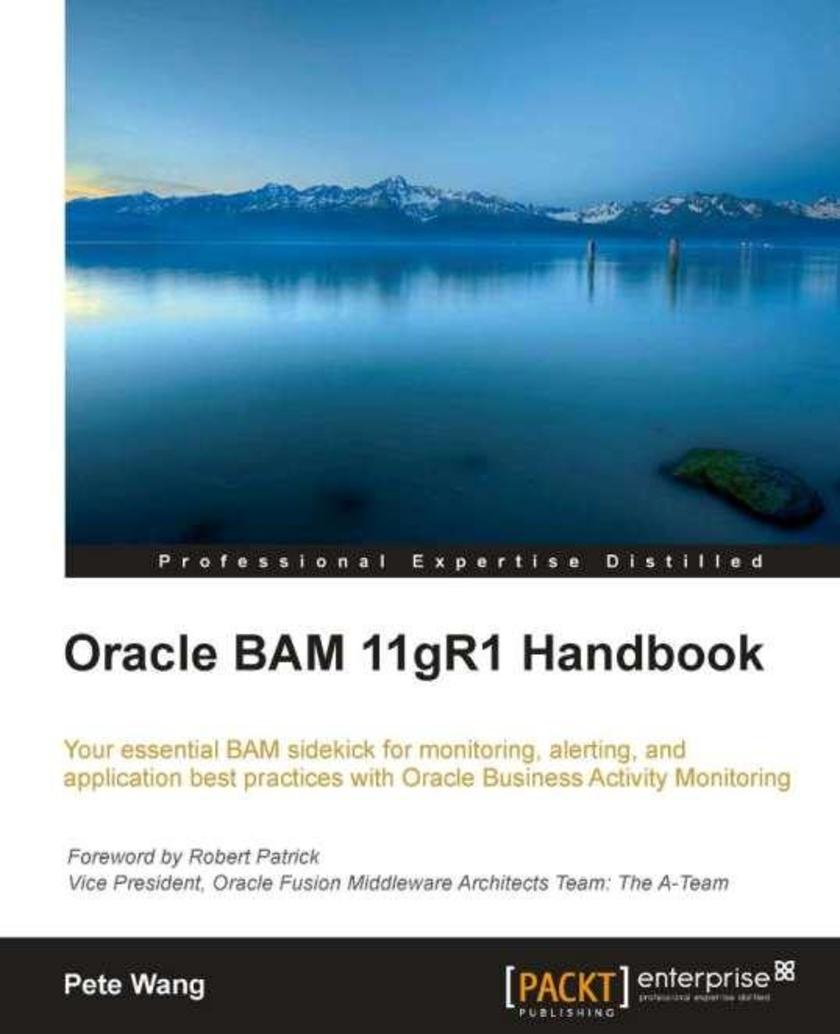
Oracle BAM 11gR1 Handbook
¥63.21
“Oracle BAM 11gR1 Handbook” is a practical best practices tutorial focused entirely on Oracle Business Activity Monitoring. An intermediate-to-advanced guide, step-by-step instructions and an accompanying demo project will help SOA report developers through application development and producing dashboards and reports. If you are a developer/report developer or SOA Architect who wants to learn valuable Oracle BAM best practices for monitoring your operations in real time, then “Oracle BAM 11gR1 Handbook” is for you. Administrators will also find the book useful. You should already be comfortable with SOA architecture and SQL practices.
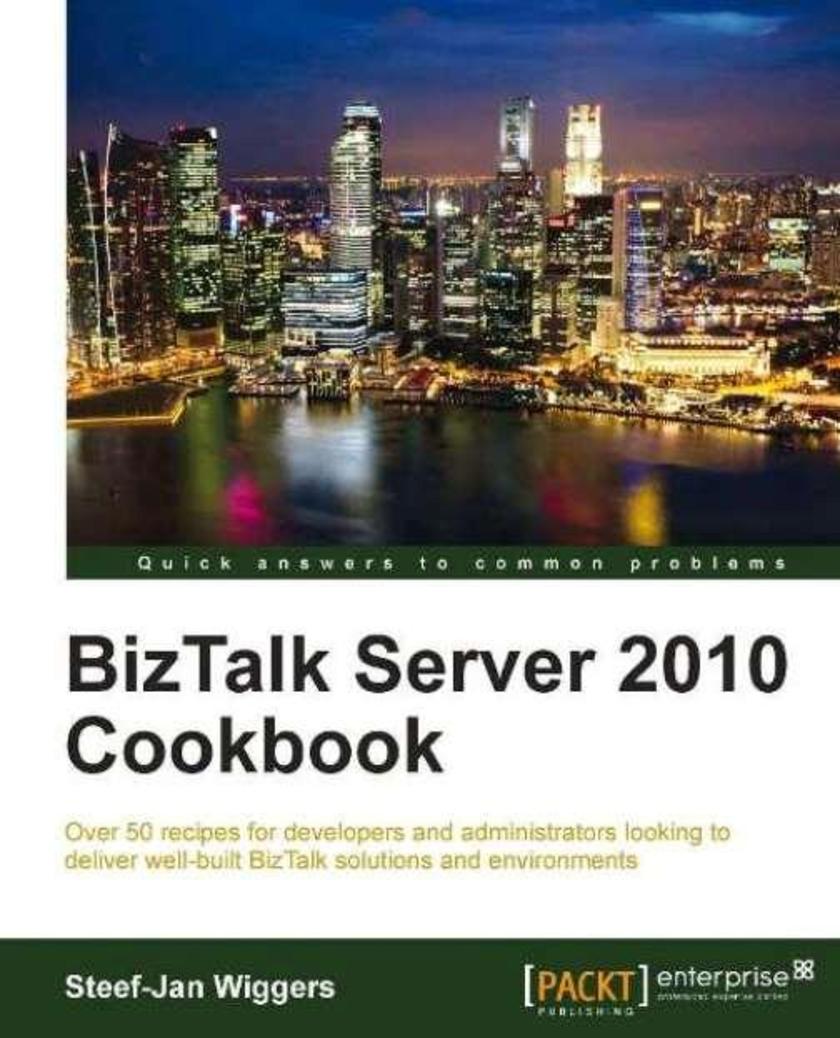
BizTalk Server 2010 Cookbook
¥107.90
This book will explain step-by-step in each recipe how to, for example, implement a certain orchestration pattern, test a BizTalk artifact, monitor BizTalk with a third party tool, or secure a message. The recipes in this book are easy to understand and follow as the author discusses real-world scenarios. The range of topics covered in this book will bring out the forward-thinking BizTalk developer in you. The examples are supported by relevant background information for ease of understanding. This book is for professional BizTalk Developers and administrators to take their skills to the next level and explore the numerous capabilities BizTalk has. This book assumes that you have a basic understanding of BizTalk and SOA and BPM concepts.
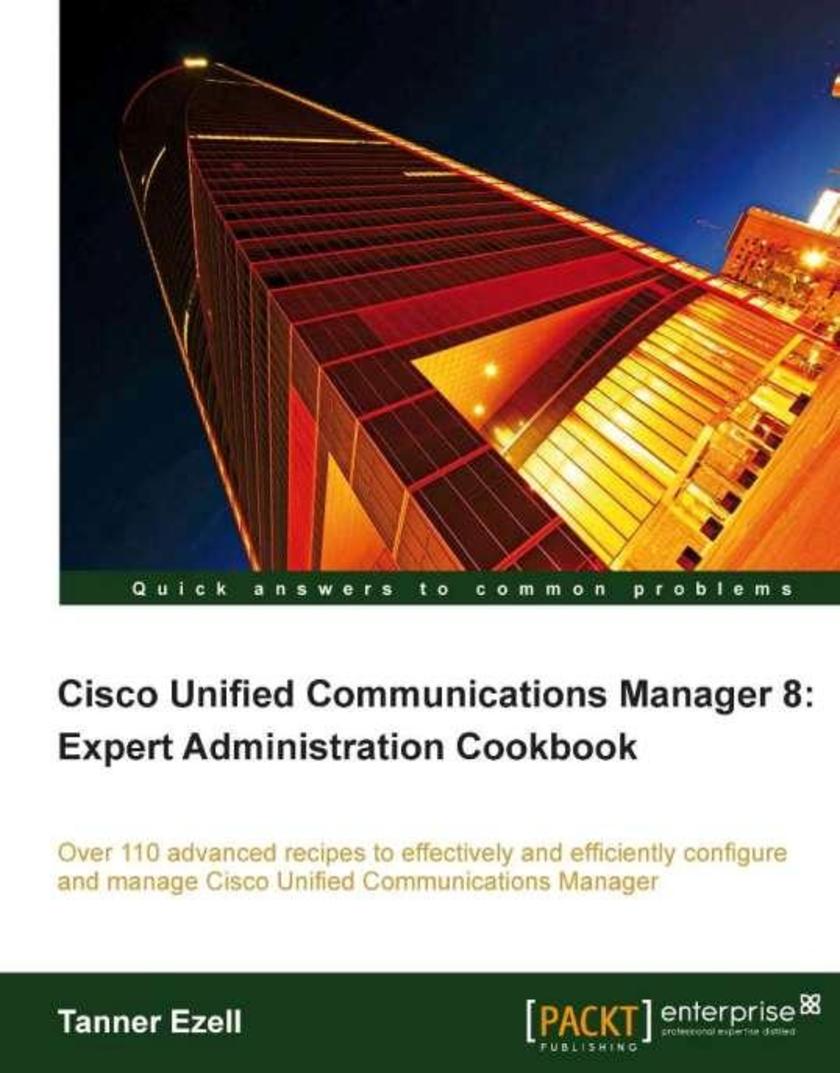
Cisco Unified Communications Manager 8: Expert Administration Cookbook
¥116.62
This book is written in an easy-to-read style, with a strong emphasis on real-world, practical examples. Step-by-step explanations are provided for performing important administration tasks. If you are Cisco Unified Communications administrators or engineers looking forward for advanced recipes to perform important administration tasks, then this is the best guide for you. This book assumes familiarity with the basics of Cisco’s Unified Communications Manager architecture.

phpMyAdminStarter (Microcontent)
¥41.41
If you are new to MySQL or wish to simplify managing your databases, this will provide you with an excellent path into a potentially tricky subject.
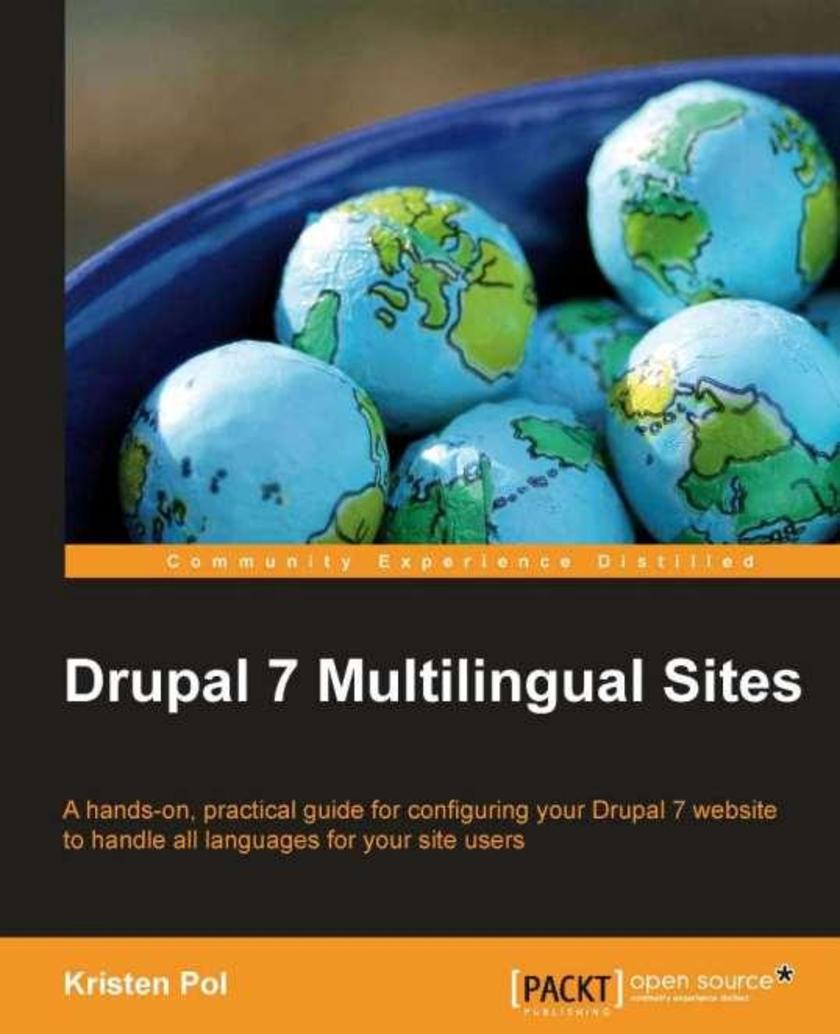
Drupal 7 Multilingual Sites
¥54.49
A practical book with plenty of screenshots to guide you through the many features of multilingual Drupal. A demo ecommerce site is provided if you want to practice on a sample site, although you can apply the techniques learnt in the book directly to your site too. Any Drupal users who know the basics of building a Drupal site and are familiar with the Drupal UI, will benefit from this book. No previous knowledge of localization or internationalization is required.
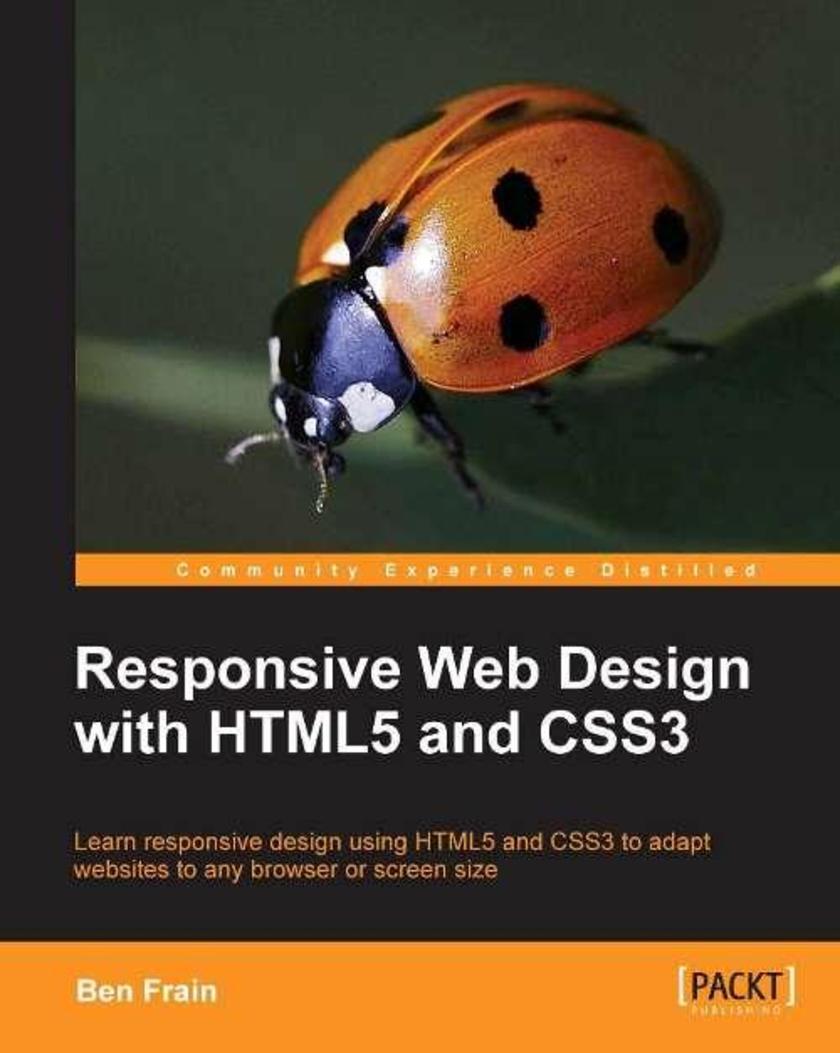
Responsive Web Design with HTML5 and CSS3
¥71.93
This book will lead you, step by step and with illustrative screenshots, through a real example. Are you writing two websites – one for mobile and one for larger displaysOr perhaps you’ve heard of Responsive Design but are unsure how to bring HTML5, CSS3, or responsive design all together. If so, this book provides everything you need to take your web pages to the next level – before all your competitors do!

Monkey Game Development Beginners Guide
¥90.46
The first two chapters will provide you with grounding in Monkey. In each subsequent chapter you will create a complete game deployable to either iOS, Android, HTML5, FLASH, OSX, Windows and XNA. The last chapter will show you how to monetize the games so you can be commercially successful in the app development world. Do you want to quickly create games deployable to all the major desktop and mobile platforms?, if so look no further. You will learn how to utilize the highly versatile Monkey compiler to create 2d games deployable almost anywhere. No game development or programming experience is required.

Corona SDK Mobile Game Development
¥90.46
You will learn by doing. First a brief crash course in Lua and Corona. Once this is done you will be thrown straight into creating fully functional complete games chapter by chapter. Certain chapters are reserved for adding advanced features such as multiple device integration, social networking and monetization. This book is for anyone who wants to have a go at creating commercially successfully games for Android and iOS. You don’t need game development or programming experience.
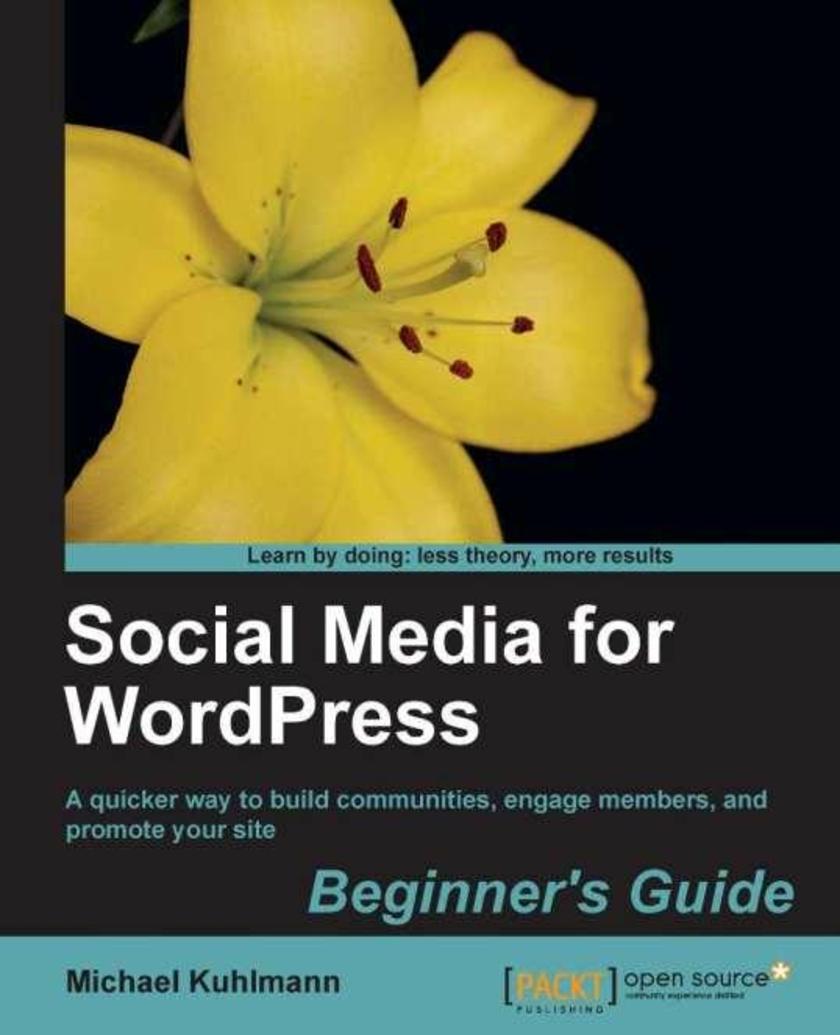
Social Media for WordPress: Build Communities, Engage Members and Promote Your S
¥45.77
Fast paced, quick to read, impossible to put down, this book is a complete plan for social engagement on the web. You’ve heard plenty of social media success stories. You know your WordPress site inside and out, but you want help. Stop right now and pick up a copy of this book.

Moodle 2 for Teaching 7-14 Year Olds Beginner’s Guide
¥80.65
This book is part of Packt's Beginner's Guide series. Written in a friendly tone, the book starts at the very beginning with a blank Moodle page and you are taken step by step through the most useful features of Moodle, helped with many illustrative screenshots. This book is for regular, non-technical teachers of pre-teen or early teenage children. It assumes no prior knowledge of Moodle and no particular expertise on the web. Classroom assistants may also find this book a very useful resource. We will assume that you have an installation of Moodle managed by somebody else, so you are responsible only for creating and delivering course content.
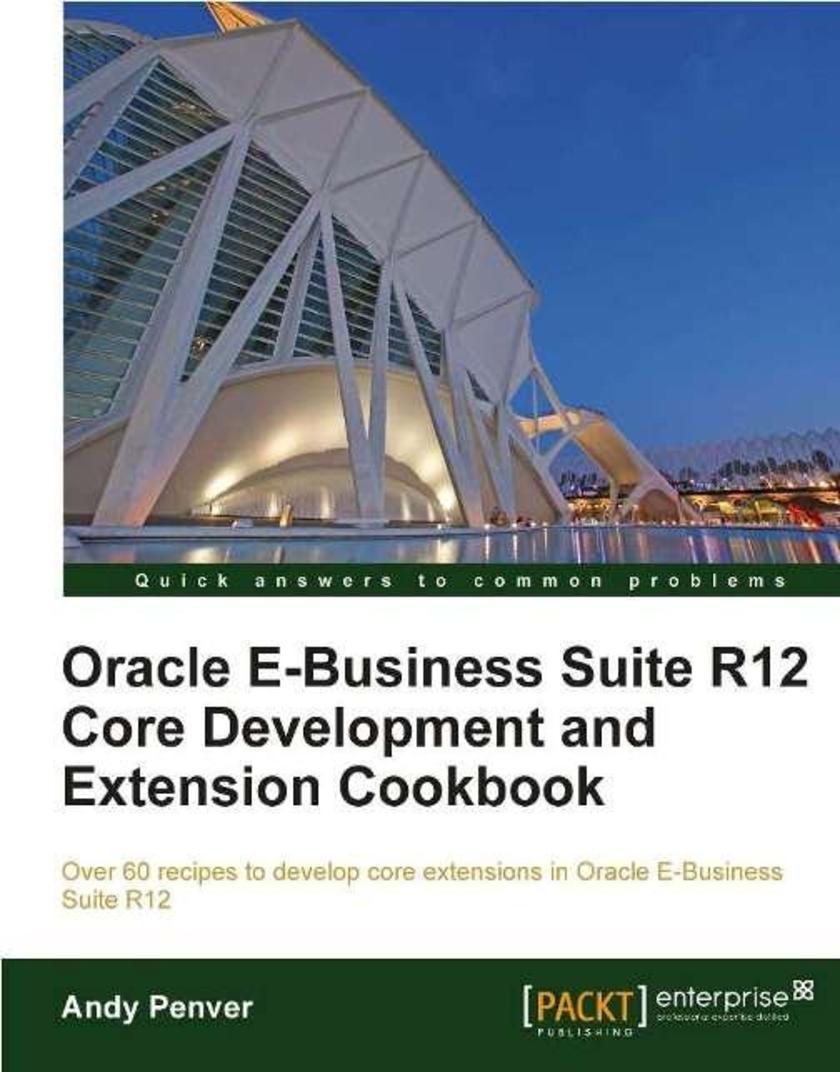
Oracle E-Business Suite R12 Core Development and Extension Cookbook
¥107.90
This is a practical, hands-on book providing in depth tutorials on each topic. It is full of step by step examples of the key points for each subject to give a core understanding. The examples are designed to be worked through, and start right from scratch. Each topic will cover the development, configuration and testing of working examples. The book provides clear illustrations and tips each step of the way. It also comes with fully tested, complete, working code - if ever you get stuck. Each chapter introduces the topic and what you need to do to get ready to start the exercises. It will tell you what tools you need to use and when to use them. This book is written for individuals who want to learn how to develop extensions in Oracle E-Business suite. If you are involved in development or supporting an e-business suite implementation you should find this book very useful. The book is detailed so minimal technical expertise is required. It is suitable for beginners who have little experience or developers who may want to use the book to brush up on their skills.
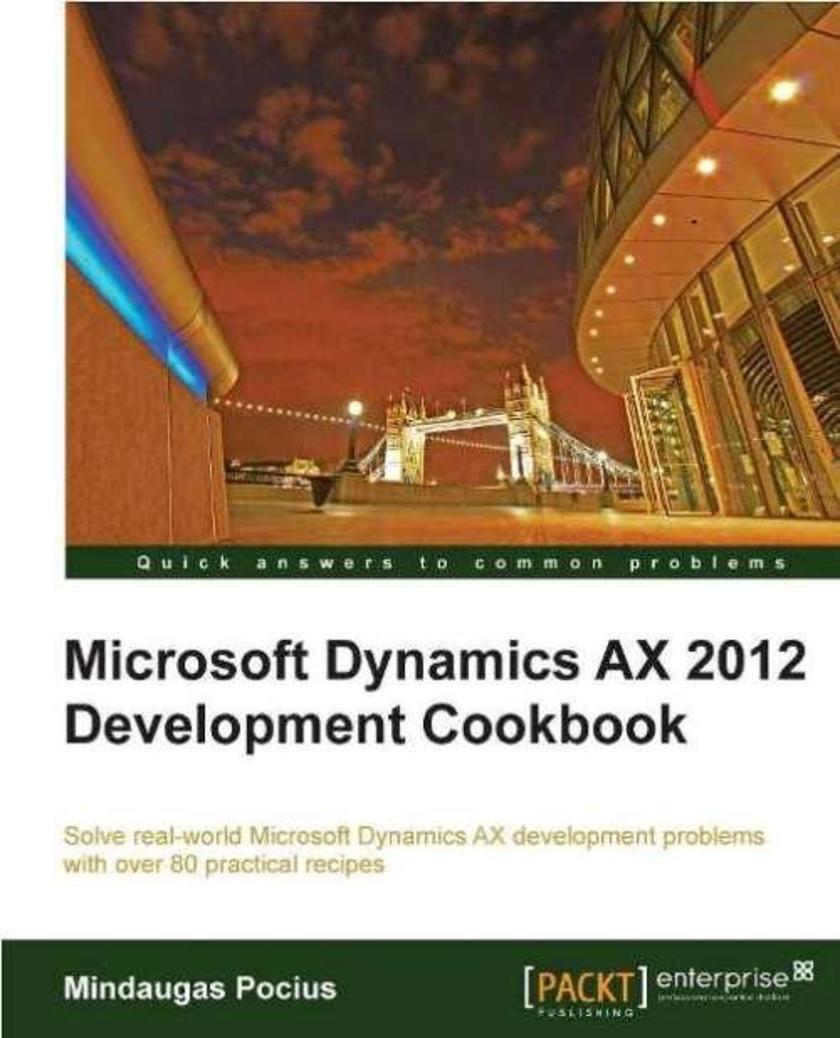
Microsoft Dynamics AX 2012 Development Cookbook
¥90.46
Microsoft Dynamics AX 2012 Development Cookbook' is full of immediately useable recipes showing you how to manage your company’s ERP information and operations efficiently, and solve your business process problems in an effective and quick way. This book contains a list of useful Dynamics AX modifications – recipes – along with all required code and in-depth explanations. Most of the recipes are presented using real-world examples in a variety of Dynamics AX modules. In addition to its cookbook style, which ensures the solutions are presented in a clear step-by-step manner, its explanations go into great detail, which makes it good learning material for everyone who has experience in Dynamics AX and wants to improve. The book is designed in such a way that most of the recipes are presented as separate, standalone entities and reading of other, prior recipes is not required. Some recipes however, are extensions of the prior ones. If you are a Dynamics AX developer who is primarily focused on delivering time-proven application modifications, then this book is for you. Although new X++ developers will find this book useful, this book is focused more towards developers who already know the basics of Dynamics AX programming and want to step up to the next level and at the same time learn the functional aspects of Dynamics AX. Some Dynamics AX coding experience is expected.
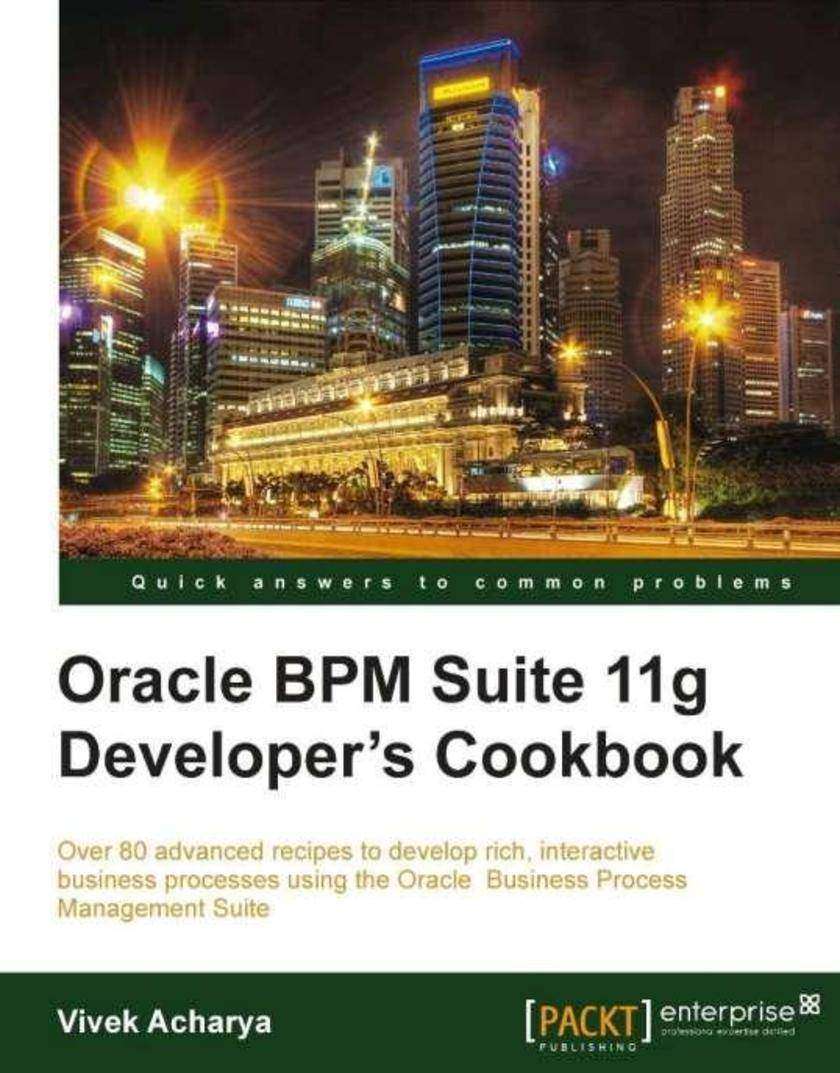
Oracle BPM Suite 11g Developer's cookbook
¥116.62
This book is written in simple, easy to understand format with lots of screenshots and step-by-step explanations. If you are a BPM developer, looking to develop robust BPM solutions without impediments, then this is the best guide for you. This book assumes that you have a fundamental knowledge of BPM.




 购物车
购物车 个人中心
个人中心



